Nakayama is in between Narita And Haneda International Airport
<クッキーについての同意並び欧州居住者向けプライバシーポリシー>
中山・下総・散歩道
Shiki Masaoka | The Great Poet in Meiji Era
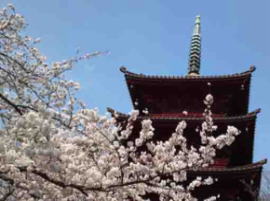
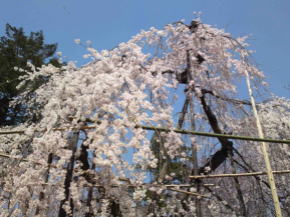
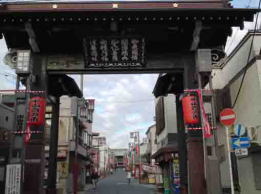
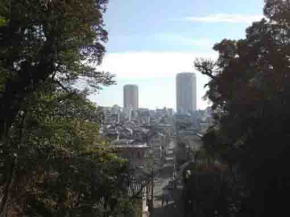
Shiki Masaoka, one of the greatest haiku and tanka poet in Meiji Era visited several times in this area introduced in this web site. It would be related that he was the teacher of Sachio Ito, a famous writer from Shimousa, or the new railway from Honjo in Tokyo to Sakura in Shimousa opened in 1894, and his friend Kyoshi Takahama said in his book that he had loved Nichiren Shiki visited Nakayama Hokekyoji Temple, Katsushika Hachimangu Shrine, Yawata no Yabushirazu, Mamasan Guhoji Temple and Funabashi Daijingu Shrine.
His trips in Shimousa recorded in his works. Shiki Masaoka wrote haiku poems and a Chinese poem of Konodai area on the eastern side of Edogawa River. 'Ishi kubomu shogi no ato ya koke no hana' and 'Heiei ya shimo ni aretaru konodai'. These poems describe the views in it in his ages.
In his ages, there were few tall buildings, Shiki Masaoka described several steaks of smoke from salt industry along the shore of Tokyo Bay. He wrote that he ate a meal and bought a sugegasa hat at Ichikawa after the train had paste the river. His works describing them showed a lot about people in Shimousa in Meiji Era.
Several noted spots where Shiki Masaoka visited and wrote of are introduced in this page. Why don't you visit them?
引用・抜粋および参考
市川市立図書館ホームページ
子規全集 講談社
ウィッキペデディア
Shiki Masaoka (1867-1902)
Shiki Masaoka is a poet in Meiji era from Matsuyama city in Ehime prefecture. His name is Tsunenori, so Shiki was his pseudonym. His aother pseudonym is Takeno Satobito, Dassai Shoya Shujin (the owner of Dassai Book Store).He dropped out the facility of letters in the University Of Tokyo in 1892 and he started working at the newspaper 'Nippon'. During working at 'Nippon', he begun the movement of haiku poetry innovation campaign, and 'Dassai Shoya Haiwa' started to be serialized. He wrote 'Bunkai Yatsuatari' (1893) and 'Haikai Taiyo' (1895). After he wrote 'Utayomi-ni Atauru Sho'(1898), he founded 'Negishi-Tanka-Kai' (the group of writing poem at Negishi Tokyo) to try his best to innovate Tanka poetry. He expressed that Haiku and Tanka should be the literature based on the reality. He raised many poets, Meisetsu Naito, Koroku Sato, Hekigoto Kawahigasi and Kyoshi Takahama were Haiku poets, Hotsuma Katori, Fumoto Oka, Sachiyo Ito and Takashi Nagatsuka were Tanka poets. He published 'Hototogisu' to renew Haiku, it later became the Hototogisu group, so he built up the basic movement of the group and another one 'Araragi' group. His works were a book of haikku poems 'Kanzan-Rakuboku', a book of tanka poems 'Takenosatouta', his essay 'Bokuju Itteki' (1902),'Byosho Rokusyaku' (1902), his diary 'Gyoga Manroku' (1902) etc,.
参考
ブリタニカ国際大百科事典
デジタル大辞林
The Noted Spots Connecting With Shiki Masaoka
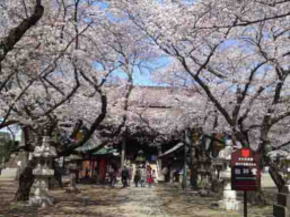
Nakayama Hokekyoji Temple
Shike wrote some haiku poems of Nakayama Dera.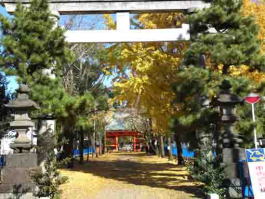
Katsushika Hachimangu Shrine
Shike visited it and called it Yawata no Yashiro.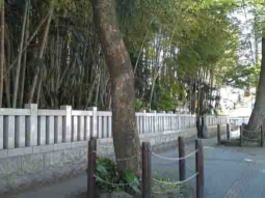
Yawata no Yabushirazu
Shike saw it and described about 'Yabu'.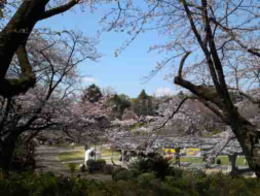
Satomi Park in Konodai
Shike visited Konodai, Satomi Park stands there.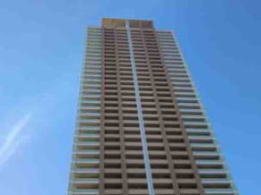
I-Link Town Ichikawa
The observatory in this building is in Ichikawa Station.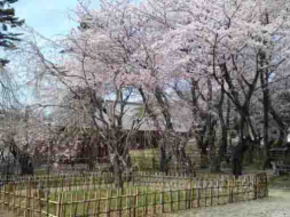
Mamasan Guhoji Temple
Shiki visited and wrote haiku poems of the temple.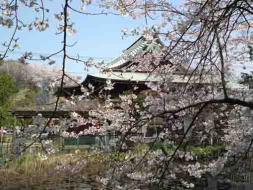
Tekona Reishindo Hall
The legendary beauty Tekona is dedicated this temple.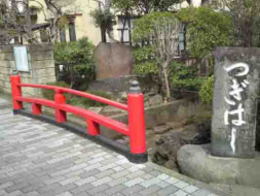
Mama no Tsugihashi Bridge
This bridge has been introduced in many poems for 1000 years.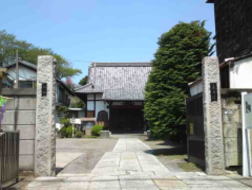
Kameiin Temple
Tekona dove into Mama no I well in this temple.- 広告 Advertisement -
